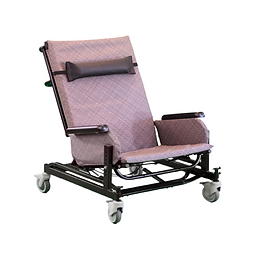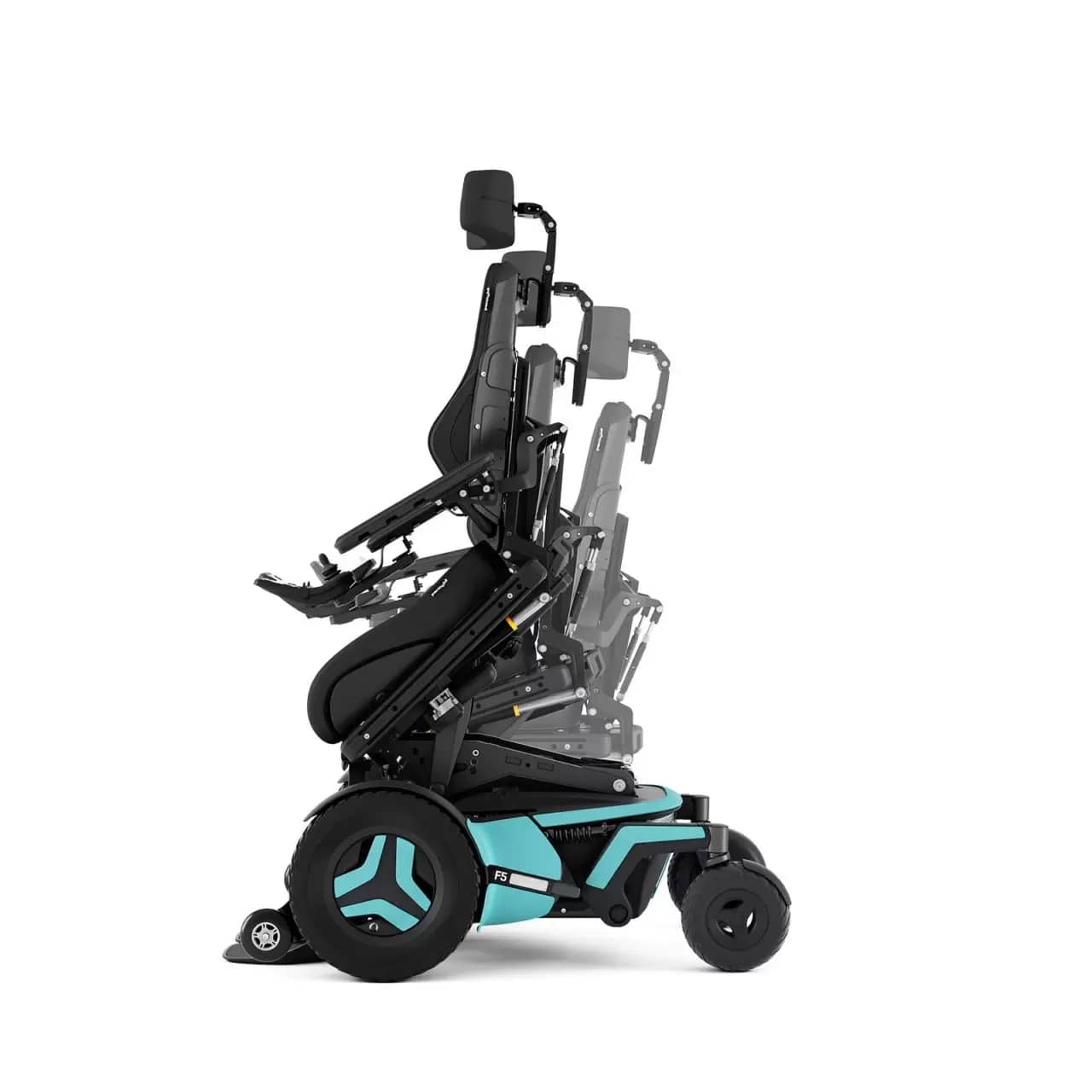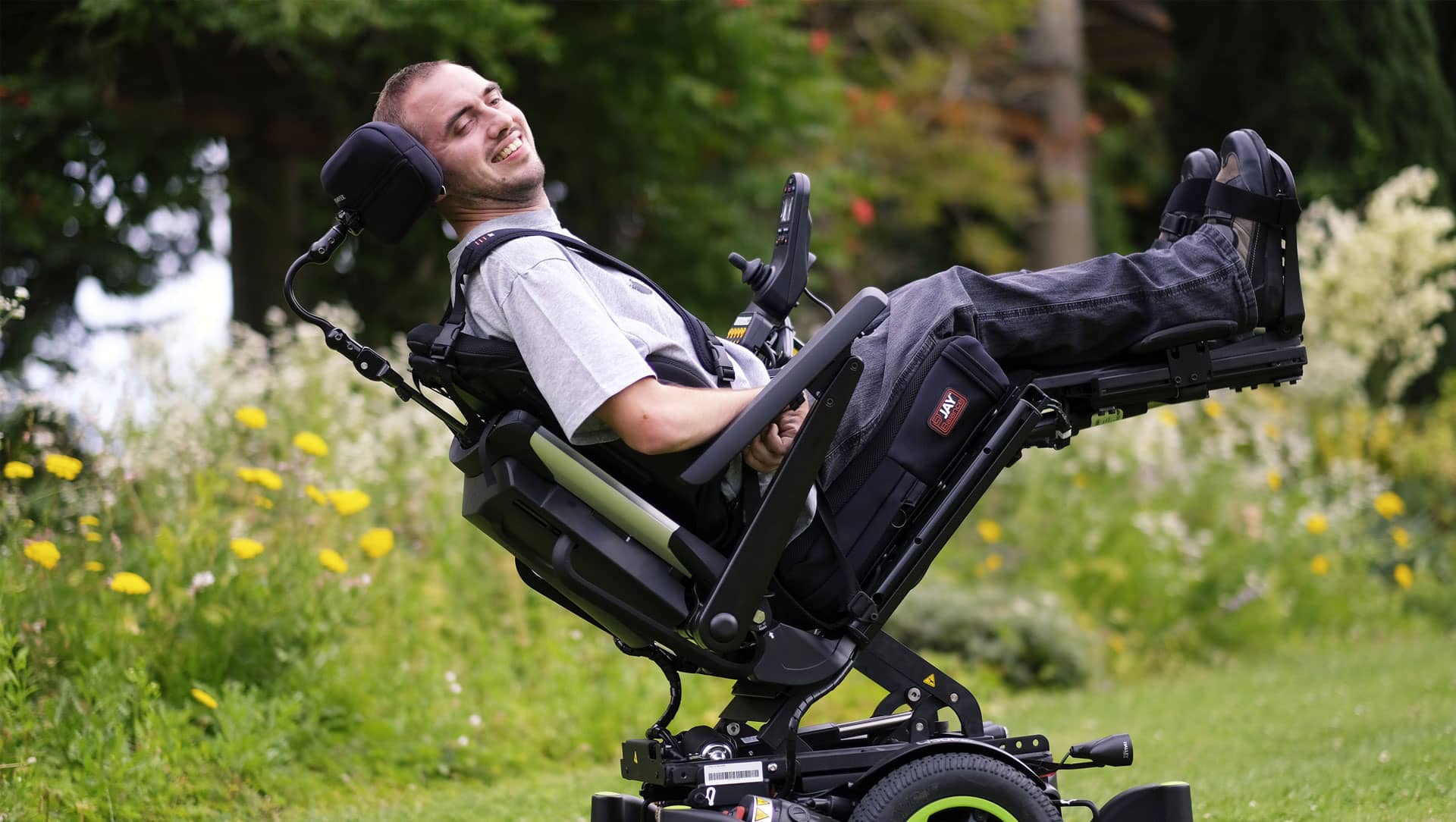
How to Enjoy All Day Comfort with a Manual Tilt-In-Space Wheelchair
Enjoying all-day comfort with a manual tilt-in-space wheelchair doesn't have to be a challenge! With the right set up and care, you can get comfy and stay that way. (First,) start by customizing your chair for your body type. Make sure it fits correctly; you want something that is not too tight or loose. Negotiating tight spaces? Check out wheelchairs designed to make maneuvering easier - they're perfect for zipping through hallways! In addition, pay attention to pressure points. Cushions are great for relieving stress on bony regions like hips and shoulders. And don't forget about armrests - they help keep your weight evenly distributed so you don't feel fatigued during long days. (Also,) look into adjustable seat heights if you need extra support when transitioning from sitting to standing positions. Finally, maintain your chair regularly! Inspect the tires regularly for signs of wear and tear as well as any debris buildup that could affect performance. Also remember to tighten screws periodically since they tend to loosen over time due to vibration and use. Taking these simple steps will ensure you remain comfortable throughout the day in your manual tilt-in-space wheelchair !
read more
Why Do We Use Tilt in Space?
The significance of tilt-in-space manual wheelchairs for individuals following cva by curt prewitt, ms, pt, atp & deborah l. Pucci, pt, mpt according to aha statistics, more than 795,000 people in the united states suffer a cva annually (benjamin et al. , 2017). Despite this significant number, cva does not figure as prominently in discussions about the impact and importance of complex rehabilitation technology as neurologic disabilities such as cp, als, ms, and sci. Persons who have suffered from a stroke present with a wide array of functional impairments. For many of these individuals the capacity for independent mobility has been problematic, sometimes due to their impairment(s), but in many cases the equipment available to them has contributed to their disability becoming a handicap. As you compare reclining wheelchairs, pay attention to features that maximize comfort and safety. Most chairs typically come with a padded seat and armrests. However, some are more generously padded than others. Convenience might also be a factor for you. If so, look for models that are lightweight and easily fold for transport. Anti-tipping features: anti-tippers protrude from underneath the frame of the chair in the back, which helps stop the chair from tipping backward. Many reclining wheelchairs
read more
How Can We Help?
As the name implies, tilt wheelchairs have a unique feature. The seat can tilt backward up to 50 degrees. So, why is this important? let’s look into its mechanics. What is a reclining wheelchair? similar to a reclining easy chair, a reclining wheelchair has a seat that tilts to the back. The major benefit of having a reclining wheelchair is that the user need not get up to change positions. Different brands of reclining wheelchairs have different degrees of angle that they may tilt at. However, a majority of the wheelchairs allow a person to tilt a full 180 degrees that are completely flat. Similarly, you can also find other reclining wheelchairs that allow you to lift the leg or feet. This is especially beneficial for people that have sore feet issues. Provides changes in position for clients who cannot weight shift independently. Tilt should be considered when clients: are unable to independently weight shift Provides a change in position without the risk of shear forces. pressure ulcers (pus) result from localised injury to the skin and underlying tissue and usually occur over a bony prominence as a result of pressure, often in combination with shear forces.
read more
What is a Tilt In Space Chair?
The tilt in space wheelchair is a symbol of independence and freedom. It offers users the opportunity to explore their world, unrestricted by physical limitations. For people with limited mobility or health conditions that restrict movement, this type of wheelchair can enable them to experience life in an entirely different way. This article will discuss what a tilt in space wheelchair is, how it works, and some of the benefits it provides for those who use it. The use of technology has enabled manufacturers to create innovative designs which provide greater access to everyday activities than ever before. With its ability to adjust angles so as not to cause discomfort during long periods of sitting, the tilt in space wheelchair is a valuable addition to any user’s lifestyle. Purpose: a wheelchair can enhance the quality of life of an individual with limited mobility, poor trunk control and stability, by enabling activity and participation and so occupational engagement. High specification wheelchairs which can tilt-in-space enable the position of users to be altered to suit activity and context. Despite tilt-in-space wheelchairs being expensive little is known about their therapeutic value. Methods: a critical literature review of the evidence
read more
When Not to Use:
Justification: tilting a seating surface in a posterior direction can reduce the effects of gravity on one’s trunk/upper body, which facilitates a more functional and proper upright posture. Proper postural control also assists with higher and more practical use of the upper extremities. Posterior tilt efficiently opens the diaphragm allowing for more significant thoracic expansion resulting in improved oxygenation, blood flow, and organ function. The tilt-in-space feature facilitates positioning for comfort, pain management, and pain relief. When individuals are reclined and then brought back to upright, some forward sliding of the pelvis on the seat occurs due to shear displacement. Shear displacement - recliner with a standard pivot point shear displacement occurs because the anatomical pivot point of the hip joint does not match the pivot point of the seat to back junction on the wheelchair when reclined. In contrast, when clients are tilted and then brought back to upright, there is no movement of the body relative to the wheelchair. Quickie iris® the mechanism of tilt on the quickie iris® has a curved rocker-arm that allows the seat frame to rotate on the base frame, while maintaining an individual's center of gravity (cog) in near perfect alignment with the chair's center
read more